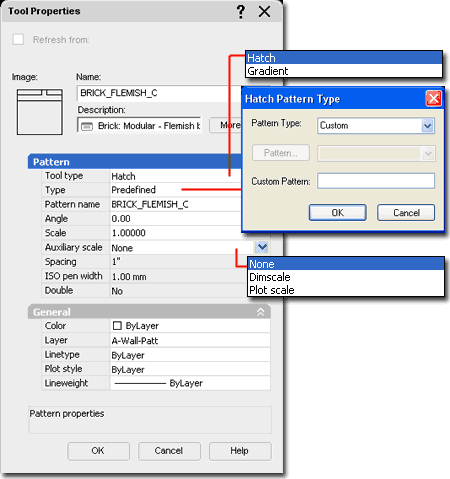
A camera and a floating device are connected to a carriage used to take images of the bed surface over the entire flume length. We present a new image analysis technique for measuring the grain size distribution (texture) of the bed surface during flow in a laboratory experiment. This affordable and simple-to-implement procedure can provide a large amount of data, allowing for a more comprehensive analysis of complex hydraulic systems. The assumptions, details, use of the friction law with roughness standard deviation rather than diameter as parameter and limitations of the procedure as well as possible sources of errors are discussed here, along with possibilities for improvements. Fergusons “variable power equation” friction law, having been previously validated by comparison with approximately 100 local flow depth measurements, was used in a second step with the collected data to reconstruct a complete mapping of the depth-averaged flows, thereby enabling a comprehensive analysis of the hydrogeomorphic system where shallow water equations apply. The velocity data are used to assess the local flow directions along which the channel slope and roughness are extracted from the SfM digital elevation models. The present work describes a complete procedure using both techniques to measure spatially distributed surface velocity and bed properties (deposit patterns, channel slope, and local roughness). Because these very shallow and unstable flows cannot be equipped with measurement sensors, image analysis techniques, such as photogrammetry (e.g., structure-from-motion, SfM) and large-scale particle image velocimetry (LSPIV), are interesting options for capturing the characteristics of these systems. Often, morphological changes and flow processes cannot be dissociated. Their shallow sediment-laden flows create self-adjusting bed geometries that evolve rapidly. Steep streams with massive sediment supply are among the most complex systems to study, even in the laboratory.
#Deltacad texturing full#
We extrapolated this concept to the full set of gravel-bed river morphologies, thus speculating about the channel morphology for optimal sediment transfer. Run 1 and Run 3 were characterised by a significant storage and release of sediments resulting in a highly fluctuating bedload transport rate however, while Run 1 (braiding morphology) stored and released sediments through lateral deposits and bed variations with planimetric sorting, Run 3 (single-thread channel) stored and released sediments through variations in bed elevation accompanied by vertical sorting. The intermediate width configuration (Run 2) was found to have a minimum storage and release of sediments compared with both the wider configuration (Run 1) and the narrower configuration (Run 3).

The three runs also presented differences in bedload transport rate fluctuations associated with different magnitude and mechanisms of bed storage and release of sediments. Despite the three runs transporting at the same rate on average, they presented different gravel-bed river morphologies and different degree of bed complexity. Three runs of about 60 hours were carried out under constant feeding rate equal to 0.6 l/s and 8 g/s, with a bimodal mixture of natural sediments, a fixed flume slope of 3 %, and width imposed by lateral walls from 0.12 to 0.50 m in order to model three different flow confinement configurations.

This paper uses flume experiments to investigate the influence of lateral width confinement on channel morphology, sediment sorting, and bedload transport.
#Deltacad texturing code#
The image processing was implemented through a code written in Matlab and made available for other users.

The three experiments were carried out under constant feeding rate conditions, in particular a sediment supply equal to the transport capacity was provided, thereby matching dynamic equilibrium conditions. This technique provided the areal fraction content of each fraction and the detection of patterns of sorted sediments, namely patches of each grain size, and it was applied in three laboratory experiments conducted to study the influence of lateral width constraint on channel morphology, sediment sorting, and bedload transport. The two sediment fractions had different colors, thus we developed an image analysis technique based on color detection. A camera placed 2.5 meters above the flume framed the central part and took pictures every minute, allowing for a high-resolution data acquisition. The bed was composed by a bimodal mixture of natural sediments and the flow conditions were such that both fractions were mobile. We present a simple image analysis technique for measuring the sediment composition of the bed surface during flow with bedload transport in flume experiments.


 0 kommentar(er)
0 kommentar(er)
